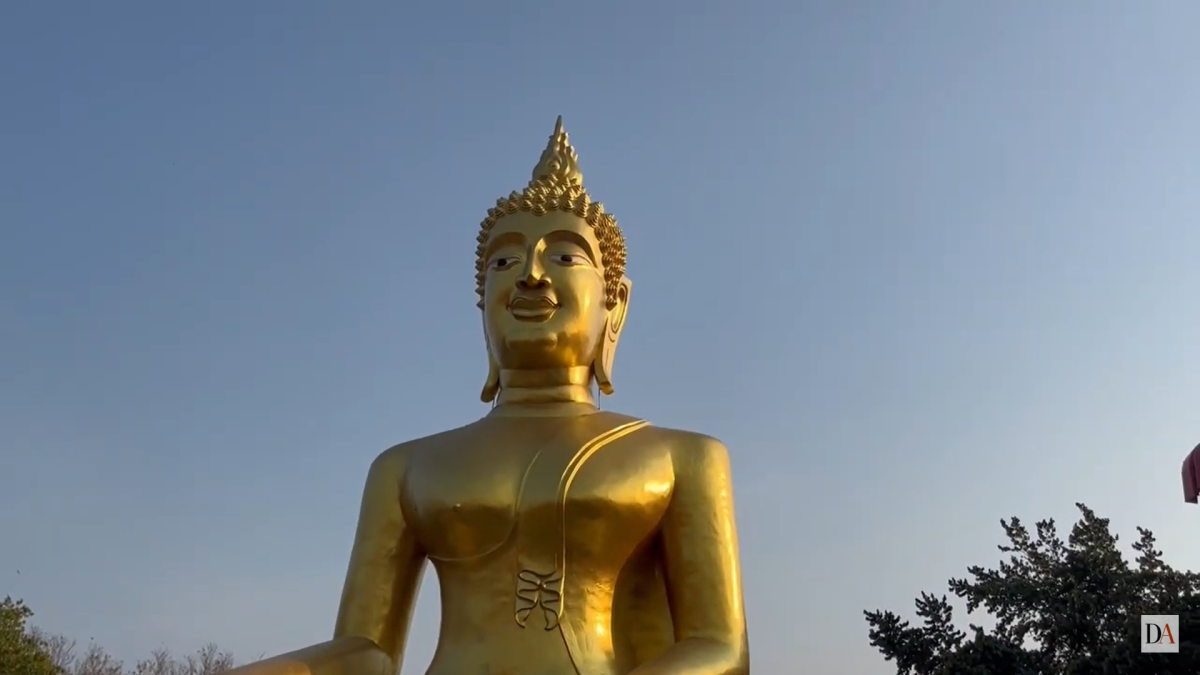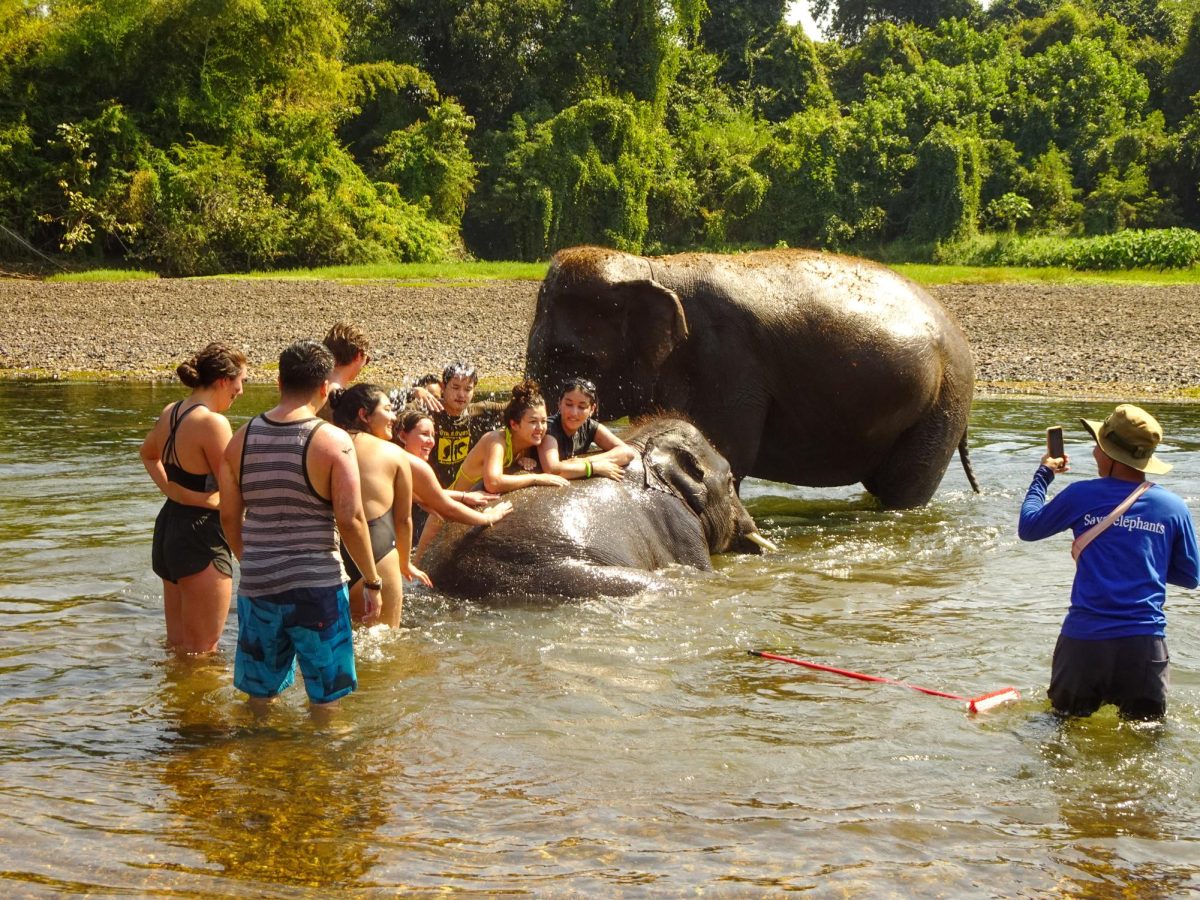
San Diego State University will celebrate its 100th birthday on March 13, 1997, and a huge, all-day campus celebration is planned for Saturday, March 15. In honor of our university, The Daily Aztec will run a four-part series on the history of the campus. The information is taken from a book titled “San Diego State University: A History in Word and Image,” by Raymond Starr. This is the first in the series.
There once was a time when San Diego State University was known as the State Normal School of San Diego. Its sole purpose was to train and educate teachers “in the art of instructing and governing in the public schools of the State,” according to a legislative bill in 1897 that was introduced by Assemblyman Wilfred R. Guy.
This information and much more can be found in a book titled “San Diego State University: A History in Word and Image,” by SDSU history professor Raymond Starr.
The book, a 10-year project and a 20-year dream, is the first published history of the school.
As San Diego developed in the late 19th century, it had the characteristics of a Midwestern town. Most of the people were from the Midwest and they brought their values with them. And with these values came a desire for a college.
The school started out in temporary quarters downtown, on the southwest corner of Sixth and F streets, where it shared a building with a dentist’s office. That building still stands today.
Classes began on Nov. 1, 1898.
Ninety-one students started class that day, and this number reached 135 by the end of the first year. As to be expected during a time when teaching was a “woman’s profession,” well over 90 percent of the students were women during the first decade. On June 21, 1900, the school held its first graduation with 26 students; three of them were men.
In the fall of the school’s second year, it moved to its permanent location, a new building on Park Boulevard. The structure resembled the White House with its tall pillars and many rooms.
Social activities included Bible readings, teas, dinner parties and monthly assemblies by the student government.
Sports were popular in the early 1900s, with rowing being the major sport. Rowing clubs became the most important social clubs, serving much the same role as sororities. Beginning in 1898, the school purchased and rented barges (now known as shells), and students organized six crews (five female and one male).
These rowing barges were also a place for parties among the students. Trips to the bay, beach and the woods were also frequent.
Edward Hardy was appointed as the second president of the Normal School in 1910. He was known for his strong commitment to “progressive” education and to a four-year teacher training program.
Progressive education was based on Hardy’s belief that education should prepare students for life and on the assumption that truth was neither absolute nor obtained by revelation; it was arrived at by posing questions and seeking out and analyzing data.
His vision included adding 1,500 volumes to the library and changing the curriculum to include a variety of courses, from the short story to chemistry to woodwork, which would provide a more well-rounded curriculum
as a foundation for teaching.
He did just this and a lot more, including the reorganization of the training school. Hardy strongly believed that teachers had to be broadly educated to be effective in the classroom.
The number of students remained steady at about 400 a year, except for the war years, when enrollment dropped to 200.
A list of new students enrolled in 1914 indicated that of the 134 students, 17 were from California counties outside of San Diego, and 26 were from other states. The remainder, 66 percent, were from San Diego County. The population was surprisingly diverse for a campus that was a trolley-car school with no campus housing.
Major events of this era included May Day pageants and graduation plays. Commencement was also very important. Two ceremonies were held each year, one in February and one in June. They usually featured musical productions by campus groups and distinguished speakers, including the state superintendent of education who spoke at the February 1916 commencement.
The biggest event of each school year was the May 1st Dedication Day, which was held to commemorate the dedication of the original building on May 1, 1899. It featured English-style activities such as maypoles, daisy chains and dancing on the green.
Student organizations continued to thrive. A Shakespeare club met weekly. The YWCA was very active, with one of its major activities being a reception for faculty and students at the beginning of each semester.
The Normal News Weekly was launched in 1913 by students. The newspaper was created by student vote but was published under strict supervision of the school.
Summer session began in 1899. Perhaps the most important summer session of the era was in 1915. Offered in connection with San Diego’s Panama-California Exposition, it also featured Maria Montessori, originator of the Montessori method of teaching.
The arrival of World War I greatly affected the school, including its students, faculty, curriculum and enrollment. Reciting the Pledge of Allegiance was made an entrance requirement by a unanimous vote of the faculty.
Enrollment dropped dramatically during the first world war. The few male students on campus disappeared entirely. The 1916 enrollment had been 421, but by 1919, the enrollment had dropped to 147, with no men.
Faculty also departed during the war to join the armed services. Others worked for relief agencies. The war also led to changes in the curriculum. Special classes such as “War Gardening” and “Red Cross Home Service” were offered.
The Normal School also made its athletic fields available to the military.
In 1921, Hardy’s dream of converting the school into a four-year teacher’s college became a reality when his plan was passed into legislation. Hardy, the faculty and the San Diego trustees saw this as a way of reducing excess numbers of teachers and raising standards in the profession.
The name was also changed from “school” to “college” to enhance the school’s status. Thus, the San Diego Normal School officially became known as the San Diego State Teacher’s College on July 28, 1921. By that time, it had successfully graduated over 1,500 prospective teachers.
Next time, The Aztec will cover the college’s move to Montezuma Mesa.






